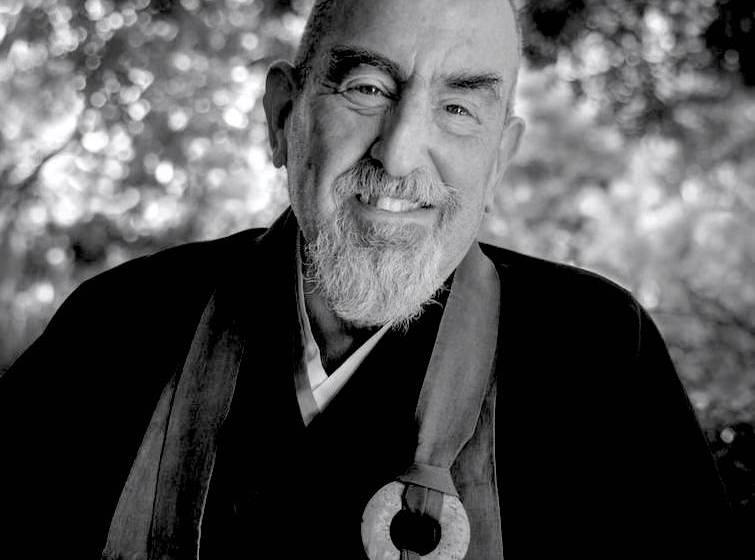
With justice on our side, I do not see how we can lose our battle. The battle to me is a matter of joy. . . . For ours is a battle not for wealth or for power. It is a battle for freedom. It is a battle for the reclamation of the human personality.
(Dr. B. R. Ambedkar, the All-India Depressed Classes Conference, 1942)
On 21 February, Seattle, Washington, became the first city in the United States to outlaw caste discrimination. The vote of the Seattle City Council adds caste to the city’s anti-discrimination statutes. Coming at a moment when the South Asian diaspora is finding its voice and place in the US, repressive and discriminatory aspects of India’s ancient caste system are also being imported into communities and workplaces.
Kshama Sawant, an Indian American Seattle City Council member, observed: “The fight against caste discrimination is deeply connected to the fight against all forms of oppression.” Legislation along these lines is in the works in a number of cities and states across the US. In 2021, Colby College, Harvard University, the University of California, Davis, and the California Democratic Party drew up policies against caste discrimination.
The caste system takes many forms across Asia. Undoubtedly, it was exploited and manipulated during British colonial rule in India, up until independence in 1947. But its sources reach back 3,000 years to the Vedic traditions of ancient India, which outlined four castes or varnas determining broad roles in society. Brahmins were priests and teachers; Kshatriyas were rulers and warriors; Vaishyaswere traders and farmers; and Shudras were servant and menial workers.
Beneath all these groups was a large population of “untouchables” or “Dalits”—broken people, as they are now often referred to—whose work put them in touch with corpses, dead animals, and excrement. Work like this involved contact with things defined by Hindu ritual and belief as impure, so untouchables were themselves characterized as ritually impure. To upper castes, the touch or even their sight of an untouchable carried an immutable taint of pollution.
By the third century CE, rules about caste and sub-caste (jati) were codified in the Laws of Manu, the Manusmrti, which even today is seen as the definitive compendium of law and regulations for Hinduism. These rules prohibit inter-caste marriage, the sharing of food between Shudras and untouchables with members of the three higher castes, and the segregation of castes into distinct and degraded settlements in many rural communities.
Indian independence was reinforced by a remarkable constitution passed in 1950, in which caste discrimination was outlawed in two clear articles.
Article 15: The State shall not discriminate against any citizen on grounds only of religion, race, caste, sex or any of them. In particular, no citizen shall, on grounds only of religion, race, caste, sex or any of them, be subject to any disability, liability, restriction or condition. . . .
Article 17: Untouchability is abolished and its practice in any form is forbidden. The enforcement of any disability arising out of Untouchability shall be an offence punishable in accordance with law.
And yet, society—constructed by laws—often cleaves to old patterns, retrograde habits, and customs rather than the law. In the US, we see this in deeply entrenched forms of racism—willful or unconscious—despite constitutional amendments and a sizeable body of law supporting racial justice and equity. The same is true of caste in India, and now in the Indian diaspora in the West.

Positively, my social philosophy may be said to be enshrined in three words: Liberty, Equality and Fraternity. Let no one, however, say that I have borrowed my philosophy from the French Revolution. I have not. My philosophy has roots in religion and not in political science. I have derived them from the teachings of my Master, the Buddha.
(Dr. B. R. Ambedkar)
To speak about the Indian constitution, anti-caste movements, and the rebirth of Buddhism in the homeland of Shakyamuni Buddha, one pivotal figure leaps to mind: Dr. B. R. Ambedkar. Dr. Ambedkar was India’s first law minister and the principal architect of the Indian constitution. At anti-caste rallies in Seattle and elsewhere, East and West, his solemn image is found. His Buddhist conversion or deeksha in October 1956 began a living Dalit Buddhist movement that has grown to encompass millions of formeer “untouchable” and lower-caste communities, who have relinquished their old oppressed identities, taking up the Buddhist practice and a new spirit of self-respect and uplift.
Bhimrao Ramji Ambedkar was born in 1891 to a Mahar family. Traditionally, Mahars—the largest untouchable caste in the state of Maharashtra—lived outside of the boundaries of a village, working as servants, watchmen, street-sweepers, and haulers of animal carcasses. Ambedkar’s father, Ramji Sakpal, served in the colonial Indian Army, where he was schooled in Marathi and English. He instilled a love of learning in his children and lobbied for their admission to government schools.
By virtue of his brilliance and good fortune the young Ambedkar was among the first untouchables to attend the prestigious Bombay University. With scholarship support from the ruler of the state of Baroda, Ambedkar went on to earn doctorates from Columbia University, the London School of Economics, and a place at the bar at London’s Gray’s Inn by his early thirties. He came back from the West as one of the best-educated men in India. But returning from England to work as a finance secretary for Baroda, Dr. Ambedkar was unable to find housing, and was barred from dining with his colleagues. He suffered the indignity of his own clerks tossing files at his desk for fear of his “polluting” touch.
As a lawyer, writer, publisher, and activist, Dr. Ambedkar became a fierce advocate for the so-called “depressed classes.” He identified the caste system, which he termed a system of “graded inequality,” as inseparable from the religious system of Hinduism across the Indian subcontinent. By the mid-1930s, he had concluded that Hinduism would never admit untouchable or Dalit communities on the basis of respect and equality. In 1935, he famously declared: “Though, I was born a Hindu, I solemnly assure you that I will not die as a Hindu.” From that point on, over the next 20 years, Dr. Ambedkar studied all the religious traditions of India. He was courted by Christians, Muslims, Sikhs, and other groups interested in adding Dalit communities to their already sizeable constituencies.
But from his early days, Ambedkar was drawn to Buddhism, which although dormant in India, its original home, represented for him a religion based on reason and non-discrimination or, as he argued, was rooted in Liberty, Equality, and Fraternity. By the 1950s, Ambedkar was preparing to convert to Buddhism and began writing his landmark work, published posthumously, The Buddha and His Dhamma,which was a unique compilation intended to serve as a “Buddhist bible” and offering a radical and unique social interpretation of the Buddhist teachings
On 14 October 1956, at the Deekshabhoomi in Nagpur, Dr. B. R. Ambedkar and his wife Saviti were given the Three Refuges and Five Precepts by Bhante U. Chandramani, the senior Buddhist monk in India. Dr. Ambedkar then turned around and gave the refuges, precepts, and 22 special vows—renouncing Hindu worship and rituals, and affirming Buddhist practices—to the 400,000 people present at the ceremony. Over the next several months, more than a million of Dr. Ambedkar’s followers converted to Navayana (the New Vehicle) Buddhism, which blends religious practice with social service and uplift. The conversion movement in Dalit communities now includes more than 10 million self-identified Buddhists across India.
While the anti-caste movement in the West includes Dalits and other lower-caste communities, the movement itself is not affiliated with any particular religious orientation. There are Buddhists, Christians, Muslims, and others in the ranks. But they all honor Dr. Ambedkar and his courageous, transformative vision of a casteless world.
•••
In future columns I will write in greater detail about Dr. Ambedkar’s radical Buddhist vision. Stay tuned.
Hozan Alan Senauke
Berkeley, California
March 2023
References
Senauke, Hozan Alan. 2014. Heirs to Ambedkar: The Rebirth of Engaged Buddhism in India. San Francisco: Clear View Press.
See more
What Path to Salvation? (Columbia University)
The Buddha and his Dhamma by Dr. B. R. Ambedkar (Columbia University)
The Annhilation of Caste (Columbia University)
Dr Babasaheb Ambedkar full movie english (YouTube)
Equality Labs
What Is India’s Caste System (BBC News)
Seattle becomes first US city to ban caste discrimination (BBC News)
Berkeley Zen Center
Clear View Project
International Network of Engaged Buddhists
Related features from BDG
Many Communities, One Sangha
Living in the Saha World
The Price of Freedom





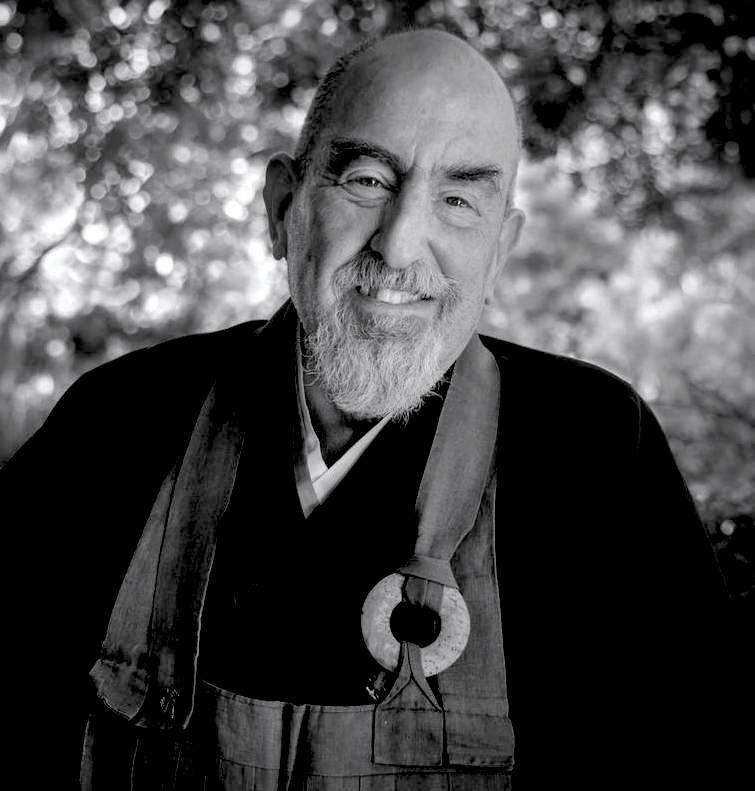

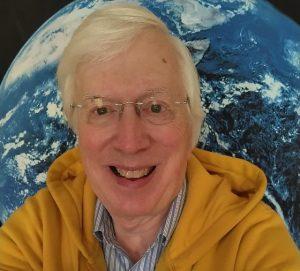





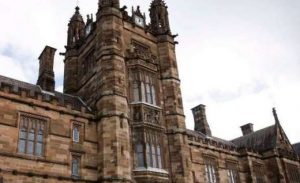

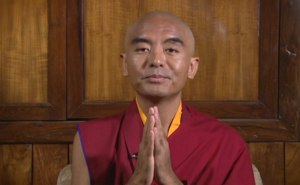
Thanks for all the social justice work you do. May I kindly inquire if there is any conclusive evidence or data available to support the notion that the repressive and discriminatory aspects of the social hierarchy caste system are being imported into the US communities and workplaces by people from India and only by the immigrants from India? Alternatively, is this perception possibly based on the historical colonial beliefs that certain sections are more violent and callous than others? Thanks